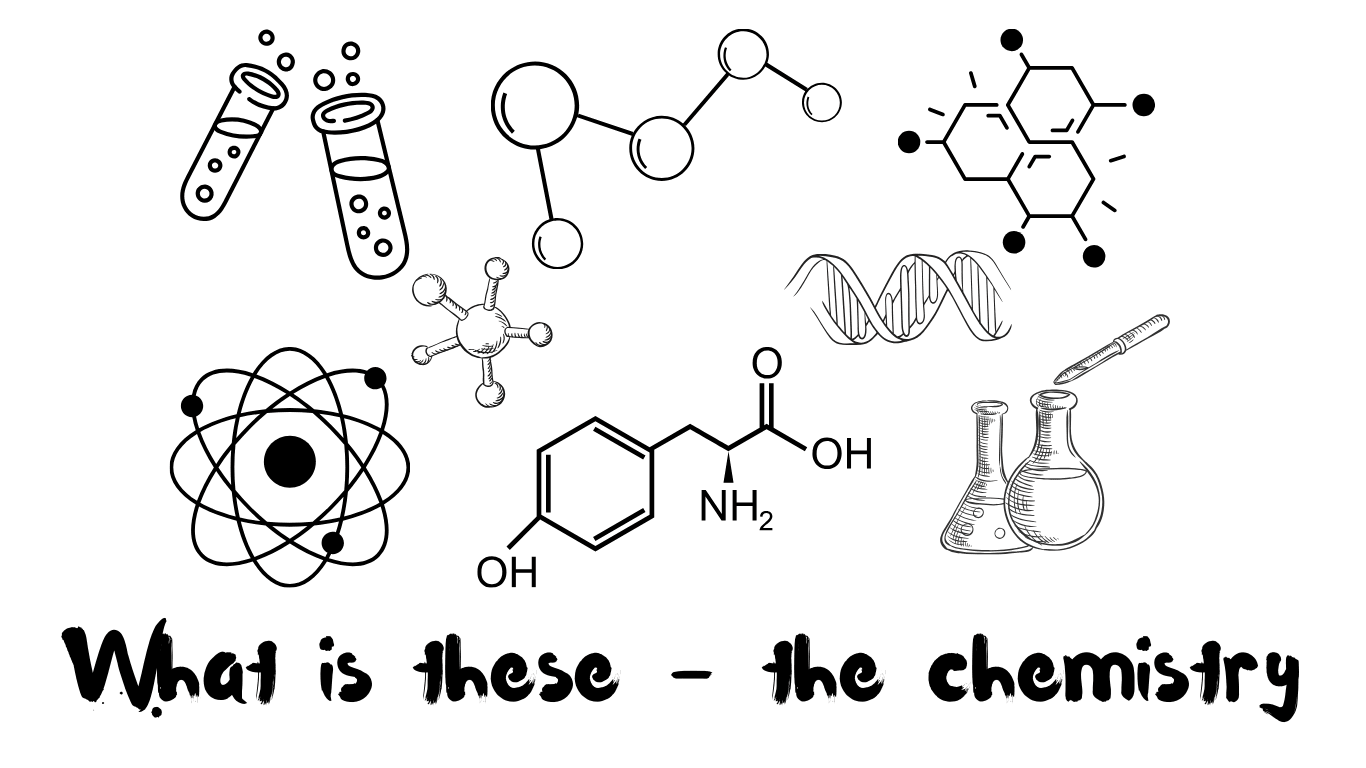Introduction
Chemical bonding lies at the heart of chemistry, explaining how atoms combine to form molecules, compounds, and materials with diverse physical and chemical properties. Understanding the nature of chemical bonds allows scientists to predict the structure, reactivity, and behavior of substances. At the core, chemical bonding involves interactions between electrons, particularly those in the outermost shell (valence electrons). This article offers a comprehensive exploration of the three primary types of chemical bonds — ionic, covalent, and metallic — examining their formation, characteristics, and significance in the broader context of molecular science.
Why Do Atoms Bond?
Atoms bond to achieve stability, usually by attaining a full outer electron shell, resembling the noble gas configuration (octet rule). While this is not a universal rule (especially for hydrogen, helium, and transition metals), it provides a guiding framework.
Bond formation is governed by two opposing forces:
- Attractive forces between positive nuclei and negative electrons
- Repulsive forces between like-charged particles (nuclei or electrons)
When the net interaction lowers the total energy of the system, a stable bond forms.
1. Ionic Bonds
Definition:
An ionic bond forms through the transfer of electrons from one atom (typically a metal) to another (typically a non-metal), resulting in oppositely charged ions held together by electrostatic attraction.
Formation Example:
Na+Cl→Na++Cl−→NaCl\text{Na} + \text{Cl} \rightarrow \text{Na}^+ + \text{Cl}^- \rightarrow \text{NaCl}Na+Cl→Na++Cl−→NaCl
Sodium (Na) donates an electron to chlorine (Cl), forming a positively charged sodium ion and a negatively charged chloride ion.
Characteristics:
- Structure: Crystalline lattice
- Melting/Boiling Points: High, due to strong electrostatic forces
- Solubility: Generally soluble in water and polar solvents
- Electrical Conductivity: Conducts in molten or aqueous states
- Brittleness: Breaks easily under stress due to repulsion of like-charged layers
Lattice Energy:
A measure of the bond strength in an ionic compound, lattice energy increases with higher charges and smaller ionic radii. U∝q1q2rU \propto \frac{q_1 q_2}{r}U∝rq1q2
2. Covalent Bonds
Definition:
A covalent bond involves the sharing of one or more pairs of electrons between non-metal atoms to achieve a stable octet.
Types of Covalent Bonds:
- Single bond: One shared pair (e.g., H–H)
- Double bond: Two shared pairs (e.g., O=O)
- Triple bond: Three shared pairs (e.g., N≡N)
Formation Example:
H+H→H2\text{H} + \text{H} \rightarrow \text{H}_2H+H→H2
Characteristics:
- Structure: Molecules with defined shapes
- Melting/Boiling Points: Lower than ionic compounds
- Solubility: Often insoluble in water but soluble in organic solvents
- Electrical Conductivity: Non-conductive in all states
- Bond Strength and Length:
- Single < Double < Triple (bond strength)
- Single > Double > Triple (bond length)
Polarity in Covalent Bonds:
Electronegativity difference determines bond polarity:
- Nonpolar covalent: Equal sharing (e.g., Cl–Cl)
- Polar covalent: Unequal sharing (e.g., H–Cl)
Dipole moments and partial charges arise in polar covalent bonds, influencing molecular interactions like hydrogen bonding.
3. Metallic Bonds
Definition:
A metallic bond consists of a lattice of metal cations immersed in a “sea of delocalized electrons” that are free to move throughout the structure.
Formation:
Metal atoms lose valence electrons, which form a cloud of electrons that holds the positive ions together via electrostatic attraction.
Characteristics:
- Malleability and Ductility: Layers can slide without breaking the bond
- Electrical Conductivity: High, due to free electrons
- Thermal Conductivity: Efficient heat transfer
- Luster: Free electrons reflect light
- Strength: Varies across the periodic table (e.g., tungsten vs. sodium)
Alloys:
Mixing metals (e.g., brass = Cu + Zn) modifies metallic bonding, enhancing hardness, corrosion resistance, and conductivity.
Comparing the Three Bond Types
| Property | Ionic Bond | Covalent Bond | Metallic Bond |
|---|---|---|---|
| Electron Behavior | Transferred | Shared | Delocalized |
| Conductivity | Only in liquid/solution | Rare | High |
| Solubility | In water (usually) | Often in nonpolar solvents | Insoluble |
| Structure | Crystalline lattice | Molecules | Lattice of cations & electrons |
| Strength | Strong (electrostatic) | Moderate to strong | Variable |
| Typical Elements | Metals + Non-metals | Non-metals | Metals |
Advanced Bonding Concepts
Coordinate Covalent (Dative) Bond:
Both electrons in the shared pair come from one atom. Seen in compounds like NH₄⁺ and BF₃-amine complexes.
Resonance:
Occurs when multiple valid Lewis structures exist. True bonding is an average (e.g., benzene, O₃).
Bond Order:
Indicates the number of bonding electron pairs: Bond Order=Number of bonding pairsNumber of bonded atom pairs\text{Bond Order} = \frac{\text{Number of bonding pairs}}{\text{Number of bonded atom pairs}}Bond Order=Number of bonded atom pairsNumber of bonding pairs
Hybridization:
Atomic orbitals mix to form new hybrid orbitals suited for bonding (e.g., sp³, sp²). Explains molecular geometry as per Valence Bond Theory.
Molecular Orbital Theory:
An advanced bonding model where atomic orbitals combine to form molecular orbitals spread over the entire molecule. Useful for predicting magnetism and bond order.
Real-World Applications of Bonding
- Ionic compounds (e.g., NaCl) are used in food, medicine, and electrolytes.
- Covalent compounds (e.g., H₂O, CO₂, DNA) form the basis of life and organic chemistry.
- Metallic bonding enables properties like:
- Conductivity in wires (Cu, Al)
- Strength in building materials (steel)
- Lightweight aircraft metals (Ti alloys)
In nanotechnology, semiconductor design, and pharmacology, an understanding of bonding principles is crucial for innovation.
Conclusion
Chemical bonds are not merely the glue holding atoms together — they are the basis of matter’s diversity. Whether through the strict electrostatics of ionic bonding, the sharing mechanisms of covalent interactions, or the electron cloud dynamics of metallic lattices, the nature of chemical bonds defines the structure, function, and reactivity of substances.
By exploring these foundational bonding types and their implications, students and scientists gain critical insights into the physical world and lay the groundwork for more advanced studies in chemistry, materials science, and molecular biology.

